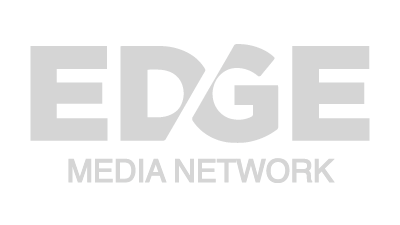March 18, 2016
Obama Budgets for PrEP, Trans Women Consider Taking It
READ TIME: 5 MIN.
By Eric Brus
President Barack Obama presented his administration's budget request for Fiscal Year 2017 (FY17) to the U.S. Congress earlier this month. With few exceptions, the proposed budget would provide the same level of federal support for most domestic HIV/AIDS-related programs as in FY16. In particular, the FY17 budget would continue funding programs that provide treatment and care completion services, including a total allocation of $2.33 billion for the Ryan White HIV/AIDS Program (Ryan White), of which $900 million would support the AIDS Drug Assistance Program.
Funding for the Department of Housing and Urban Development's Housing Opportunities for Persons with AIDS (HOPWA) would be maintained at the FY16 level of $335 million. But the budget also includes new funding for a pilot program to provide pre-exposure prophylaxis (PrEP) to people who are vulnerable to HIV, including gay and bisexual men.
A White House fact sheet summarizing HIV/AIDS allocations in the President's FY17 budget proposal highlights the following items:
Resource for Trans Women Considering PrEP
Studies indicate that more than one-quarter of transgender women in the U.S. are living with HIV. Project Inform and Outshine NW have partnered to create a free resource, "PrEP: Transcending Barriers for Safer Pleasure," specifically written for trans women. The 24-page booklet describes pre-exposure prophylaxis (PrEP) in plain language and discusses the following concerns from the perspective of trans women:
"Transgender women are fighting a serious crisis right now with regard to HIV and inadequate healthcare resources," notes Brandyn Gallagher, executive director of Outshine NW. "Sexual health researchers, educators, and providers must actively engage transgender people and develop culturally appropriate HIV prevention strategies if we want to see an end to the virus." A Spanish-language version of the booklet is expected to be available soon.
Modeling Study: Achieving Key Targets in Updated NHAS Could Save 128,000 Lives
Achieving three key targets in the updated National HIV/AIDS Strategy (NHAS) could result in a 58 percent reduction in new HIV infections in the U.S. at an additional cost to the nation's health system of about $105 billion, according to a recent modeling study by researchers from Johns Hopkins and Emory University. For their analysis, the research team used the Johns Hopkins HIV Economic-Epidemic Model to project the impacts of three targets specified in updated NHAS: 1) 90 percent of persons infected knowing their HIV status; 2) 85 percent linkage to care within one month after diagnosis; and 90 percent retention in care for persons diagnosed.
They calculated that, if current rates of engagement along the HIV care continuum remained constant, then there would be approximately 524,000 new HIV infections and 375,000 deaths between 2016 and 2025. However, the achievement of the key NHAS targets above could substantially reduce both new infections and deaths. The model indicates that the greatest impact would be achieved by reaching the target of rapid linkage to care, which would avert 52 percent of new infections, compared to the base case of current rates of engagement. Increasing awareness of HIV status and improving retention in care to the NHAS target levels would yield much smaller benefits -- 2 percent and 4 percent reductions in new infections, respectively.
The combined impact of attaining all three targets could reduce new U.S. HIV infections by 58 percent and save 128,000 lives, compared to the base case, at an incremental cost of about $105 billion, the researchers calculate. Most of this added expenditure would be for the costs of additional antiretroviral treatment (ART) at an average of about $32,000 per person per year.
"The primary gap in the current continuum of care is in care retention, which is needed to realize the prevention and health benefits of use of ART and viral suppression; achieving the NHAS goal of engaging 90 percent of those diagnosed in care could halve the number of HIV infections over the next 10 years," the researchers note. "These results offer credence to the importance of achieving the NHAS progress indicators to bend the curve of the HIV epidemic."
Further, "if we are to succeed in curbing transmission, we must also reframe our approach to funding the HIV response, seeking innovative and targeted funding mechanisms to facilitate this long-term treatment and retention. Reducing ART costs through such mechanisms as 430B pricing, AIDS Drug Assistance Programs, and generic manufacturing of key drugs could offer substantial health system cost savings. Efforts to both expand funding for HIV care, including ancillary services and interventions to promote long-term retention, and lower the costs of ART must both be prioritized."

